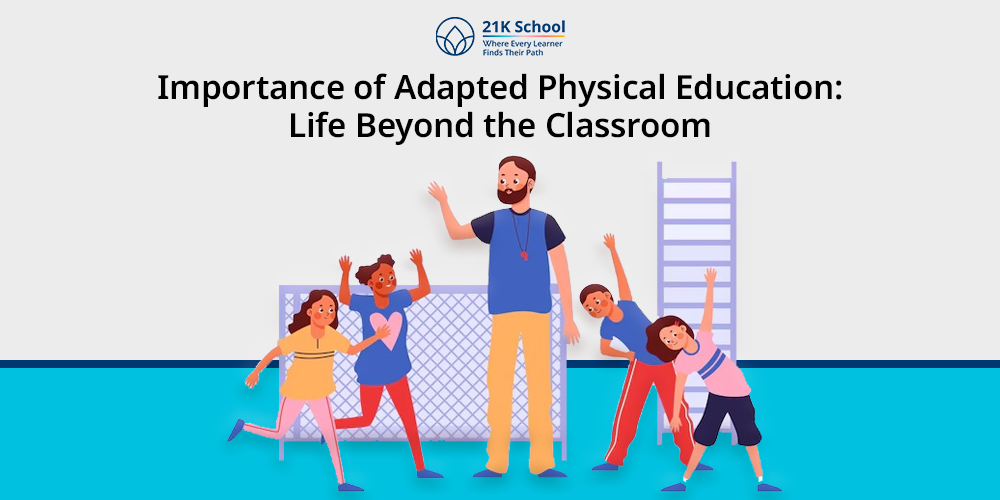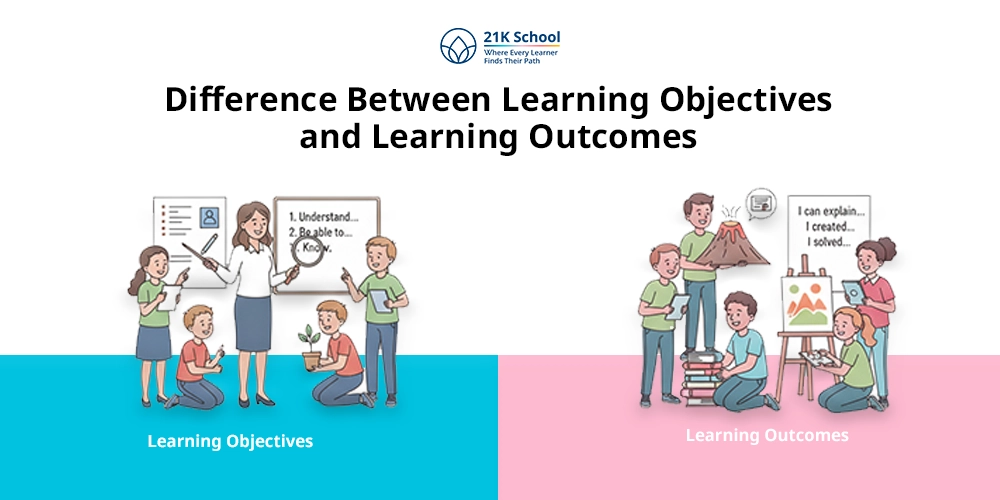
Children are often excited to play different activities that cheer them up to perform better. Physical education is one of the popular names.
Activities under physical education are not limited to running, jumping or playing sports; it’s also about building confidence, resilience and physical strength.
Physical education is an important part of regular student life. However, children with disabilities often struggle to participate in traditional physical education.
Also, explore the importance of physical education in school .
That’s where Adapted Physical Education or APE steps in.
What if a student with special needs participates in adapted physical education modifying games or using special equipment.
Let’s explore everything about adapted physical education and 12 key importance of adapted physical education in students’ lives.
Contents
- What is Adapted Physical Education?
- 12 Key Importance of Adapted Physical Education
- 1. Promotes Physical Fitness and Health
- 2. Promotes Inclusion and Accessibility
- 3. Offers Individualized Instructions
- 4. Enhances Motor Skills
- 5. Participation in Diverse Activities
- 6. Control and Coordination
- 7. Encourages Social Interaction and Inclusion
- 8. Boosts Confidence and Self-Esteem
- 9. Supports Emotional and Mental Health
- 10. Ensures Equal Access to Education
- 11. Enhanced Cognitive Skills
- 12. Develops Life Skills and Independence
- Conclusion
What is Adapted Physical Education?
“Adapted Physical Education” physical education program especially modified to fulfill the requirements of students with disabilities or special needs.
In this technique various activities are customised or redesigned for learners with disabilities to take part without any challenges.
From activities to special equipment everything ensures safety and effectiveness. It is an ideal way to promote overall development.
Explore the problems of physical education in schools .
12 Key Importance of Adapted Physical Education
For special needs students, adapted physical education or APE offers many advantages. Mentioned below 12 key importance of adapted physical education:
1. Promotes Physical Fitness and Health
For physical fitness of students with disability, adapted physical education is important which directly focuses on flexibility, strength and concentration.
Students who are unable to participate in traditional physical education have an opportunity which supports a foundation of lifelong health and fitness.
2. Promotes Inclusion and Accessibility
Adapted physical education also promotes inclusion and accessibility by taking part in physical education classes and programs.
Inclusive activities give a positive learning environment to students with special needs to build empathy, valued, and accepted.
Now students can access adapted equipment, modified game rules, and specialized spaces for PE.
3. Offers Individualized Instructions
Each student is different and so they are learning and physical needs are. Adapted physical education offers the opportunity of individualized instructions.
It is a personalised approach that is important to balance physical and emotional needs. For example, a student lifting weights in adapted PE and individualized instruction helps by providing an environment to learn at their own pace.
4. Enhances Motor Skills
Adapted physical education enhances different types of motor skills in students with disabilities. For example gross motor skills and fine motor skills .
Adapted PE target exercises and activities that ensure flexibility and strength in the body.
Some popular gross motor skills activities are walking, running, jumping, and climbing and fine motor skills activities include grasping, balance, and control.
5. Participation in Diverse Activities
Adapted PE includes a wide range of activities including games, sports, rhythms, and recreational activities which increase students’ capacities.
It is beneficial for students to build confidence , become popular in sports, and have the opportunity to take part in high level tournaments.
6. Control and Coordination
Adapted physical education is included in students’ daily activities to focus their balance, body control, and coordination.
Body movement, positioning, and active thinking while participating in each game exercise improve the body coordination and awareness.
It has students to build a foundation to perform everyday tasks efficiently.
7. Encourages Social Interaction and Inclusion
Students in adapted PE connect other individuals to perform exercises which help in improving social engagement and positive interactions.
By this way students are encouraged to communicate, collaborate, and adapt to each other’s positive features.
Here, students get the benefits of physical strengthening and feel valued, connected, and supported.
8. Boosts Confidence and Self-Esteem
Confidence and self-esteem can be boosted through participating in challenges and feeling a deep sense of accomplishment.
Through adapted physical exercise students with disabilities can work on their skills and achieve both academic and personal growth.
Remember, a small win or appreciation in participation can boost confidence and self-esteem of students with special needs.
Learn how physical education helps in moral and character building .
9. Supports Emotional and Mental Health
People often feel adapted physical education is limited to real-world exercise. However it also supports students mental health and emotional well-being.
Effective reinforcement of adapted PE helps in reducing stress, anxiety, and improving sleep patterns, concentration, and mental health of children .
10. Ensures Equal Access to Education
The requirements of regular students and students with special needs are quite different. And it’s important for all to get equal access to education.
That’s why School curriculums are customised and designed to fulfil everyone’s needs.
The objective is to provide equal opportunities to each child.
11. Enhanced Cognitive Skills
Participating in adapted PE enhances students’ cognitive skills by stimulating brain activity. By this way students can memorise, focus, and improve problem-solving abilities.
However it is not limited to physical exercises but also classroom learning like good marks, and attention.
12. Develops Life Skills and Independence
Through adapted PE activities students with disabilities can develop life skills and independence. They learn self-care , set realistic goals, and celebrate progress.
Implementation of these lessons leads to building good habits and independence. Also, explore the top 10 basic life skills not taught in schools .
Conclusion
The purpose of adapted physical education is beyond physical exercise and school life. It is a right pathway to get success in real-world environments.
Each activity and learners to improve their abilities such as physical strength, emotional development, resilience and self-confidence to perform better.
Adapted PE prepares students for tomorrow and promises lifelong health benefits. It ensures students with disabilities are able to participate in different activities.
If you are a parent, facilitator or policymaker ensure each student gets the opportunity to avail the benefits of adapted physical education.



